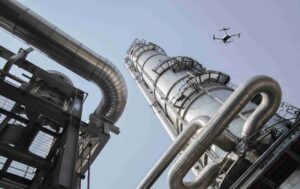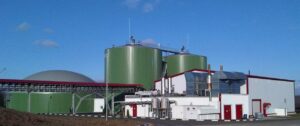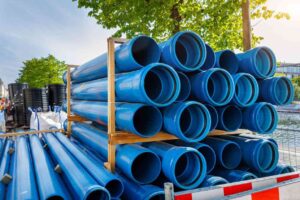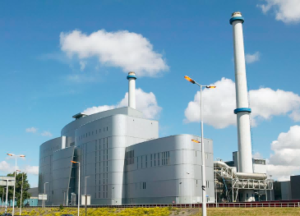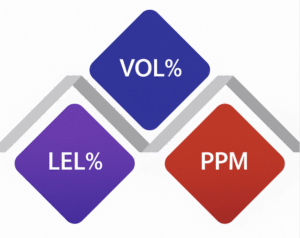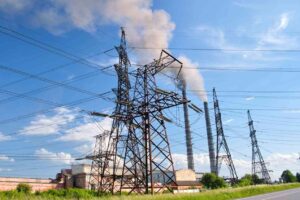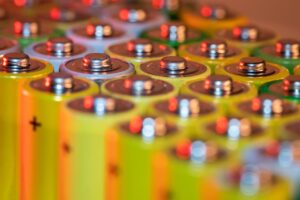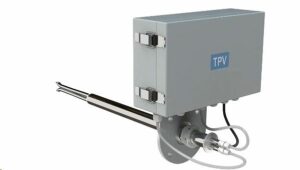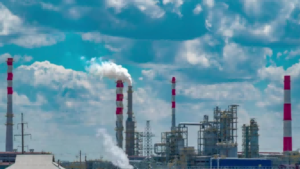Choosing the right gas analyzer can mean the difference between successfully monitoring and controlling emissions and a disaster that leads to expensive downtime.Doing your research on different gas analyzers and choosing one that best suits your industry is essential if you want accurate readings with minimal disruption.Fortunately, this complete guide provides everything you need to know about selecting the perfect gas analyzer for your business!
What Is A Gas Analyzer And What Are Its Uses In Various Industries?
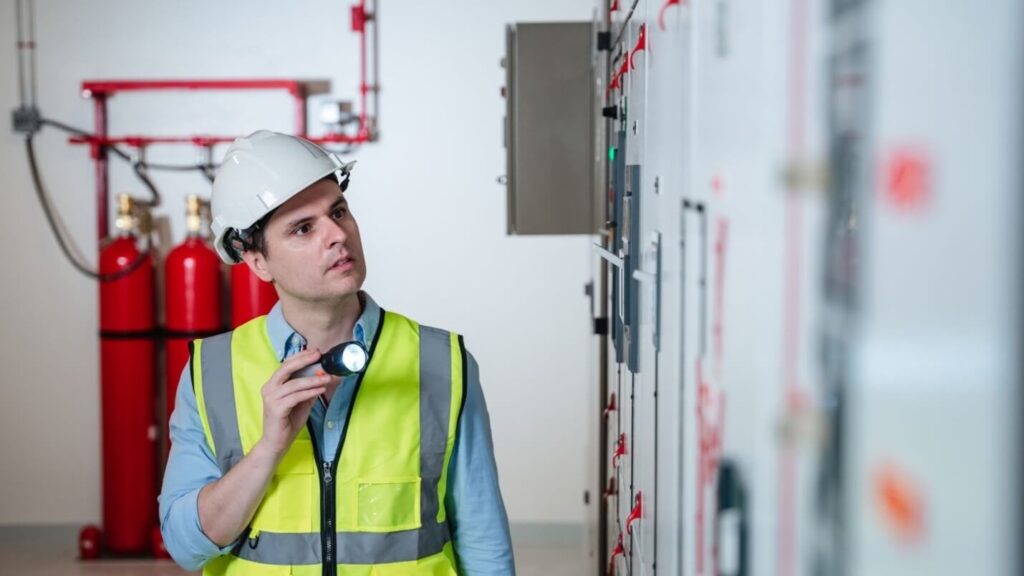
A gas analyzer is a device used to measure the concentration of various gases in an environment or within another medium. It can be used for analyzing both chemical and physical properties such as moisture, CO2 levels, temperature, etc. The primary uses include:
Pollution Monitoring
Gas analyzers are often placed at industrial sites (such as factories) to monitor air quality standards or check that emissions from facilities comply with local regulations on pollution control.
Healthcare
A common use of gas analysis is found within hospitals where equipment like pulse oximeters analyze the amount. Oxygen levels in the blood of patients, allow doctors to monitor and adjust treatment accordingly.
Food Industry
Companies involved in producing food & beverages utilize specialized instruments for detecting unwanted toxins during the production process.
The gas analyzer helps them detect gas concentrations and thus, guarantee the quality of that product.
Manufacturing Applications
Automotive plants rely heavily upon stationary OR portable devices when they analyze exhaust systems while testing fuel efficiency.
Similarly, gas analyzers are used to make sure that gas-fired products such as stoves, ovens, and other heating appliances operate safely and efficiently.
Occupational Safety
Working environments need careful monitoring due to hazardous gasses potentially accumulating e .g methane mining industry, and carbon monoxide petrochemical industries.
How To Choose The Right Gas Analyzer For Your Specific Needs?

How you choose a gas analyzer depends on the gas concentrations you want to monitor, the specific environment it will be used in, and your budget. Here are some tips to help you make an informed decision:
1. Consider Your Budget:
Make sure that the gas analyzer you choose fits comfortably within your financial range. In general, gas analyzers with an accuracy of +/- 0.1% cost more compared to those with +/- 1-2%.
2. Look For Features And Capabilities Specific To What You Need It For:
Is there an alarm feature? Does it require calibration often? Check out reviews from other users about their experiences with various models before settling on one product in particular.
3. Investigate Portability Options, If Necessary:
If a portable device is required, make sure the product offers this option if needed — or even considers multiple devices (one stationary and another lightweight).
4. Customer Support
Gather information regarding customer support services before purchasing a machine – as these can be very helpful during launch time or troubleshooting processes further down the line!
5. Analyze Technical Specs Carefully
Ask questions of manufacturers’ representatives when available. Pay close attention to things such as response times and accuracy ratings so that they fit properly into whatever project(s) are being carried-out using said equipment – data must match up correctly!
6. Take Emissions Regulations Seriously & Find Compliant Products:
It is important not only to take health/safety considerations but also to comply with any environmental standards set forth by local regulatory bodies pertaining specifically to operations concerning effluent measurements mentioned previously here too.
7. Pick Quality Over Quantity At All Costs;
Ensure industry compliance protocols have been observed throughout the entire process leading up purchase decision-making! That includes certifications like ISO9001 among others.
8. Research Integrated Software Options
These are sometimes included with an analyzer; other times they need to be purchased separately but can make life much easier when it comes time for analyses because many programs offer automated data tracking and analysis functions
At the end of the day, carefully evaluating all features to find the perfect gas analyzer will depend upon individual needs as well as what budget allows. Keeping some helpful tips in mind while shopping around can help make sure that you find the gas analyzer best suited for your project.
Factors You Need To Consider When Purchasing A Gas Analyzer!

While gas analyzers are essential for many operations, it’s important to carefully evaluate the features and capabilities of each gas analyzer before making a purchase. Here are some key things to consider when selecting a gas analyzer:
■ Accuracy
Make sure you purchase a gas analyzer that accurately measures the concentrations of gases in your environment, as this will provide reliable and consistent data to work with on future projects.For gas analyzers used in gas-sensing and gas-detection applications, accuracy is typically measured with a resolution of 0.1%.
■ Temperature Range
Different environments can be cold or hot so make sure that any new instrument is capable of handling different temperatures correctly without losing accuracy when needed most.The gas analyzer should have a temperature range of -40 to +140C, depending on your specific environment.
■ Data Storage
Look for an accumulator mode where it stores data points at periodic intervals over long periods such as weeks, months, etc., ready for retrieval later. This can be especially helpful for gas analyzers used in gas-sensing applications.
■ Maintenance Requirements
Regular maintenance keeps instruments up to date and running efficiently all year round but some require more intensive checks than others.Ensure you understand the gas analyzer’s maintenance requirements before purchase. This could include gas filter replacements, gas calibration, and gas leak checks.
■ Cost/Benefit Ratio
It’s important not only to look at short-term cost savings but also to factor in extended use years down the line: You may find inexpensive models which offer limited form & low performance. With gas analyzers, you generally get what you pay for.
■ Portability
If deploying sensors outdoors portability should always be taken into consideration making battery-operated systems lightweight & transportable whenever the need arises.Most gas analyzers have a USB port so data can be stored & transferred from one computer to another.
■ Manufacturer Support
Aftermarket service & support are essential elements during the warranty period no matter how dependable the product may seem initially. This becomes even more significant if analyzing hazardous districts due to potential malfunctions.
The Different Types Of Gas Analyzers Available On The Market!
In the gas analysis world, gas analyzers come in all shapes and sizes. For each gas measurement application, there is a gas analyzer designed specifically for that purpose. Some gas analyzers that are available on the market today include:
1. Paramagnetic Gas Analyzers:
These analyzers use the paramagnetism of certain gases to detect their concentrations in a sample. They are used for precision gas analysis, such as determining oxygen or carbon-dioxide-laden atmospheres.
2. Infrared/UV Absorption Gas Analysis:
This type works by passing an infrared light beam through the sample and detecting any absorption that occurs due to molecules possessing particular characteristics.
3. Flame Ionization Detectors (FID):
FIDs measure small levels of combustible hydrocarbons based on current measurements generated when burning samples.
4. Photoacoustic Spectroscopy (PAS) Instruments:
PAS systems operate by modulating incident radiation at specific wavelengths into sound waves which can then be detected.
5. Electrochemical Cells:
Electrochemistry-based cells work by measuring changes in electric currents resulting from reactions between certain chemicals.
6. Gas Chromatography:
GC instruments separate individual compounds found within complex mixtures against pressure or temperature gradients.
7. Mass spectrometry (MS):
MS is an especially specialized technique using mass fragmentations combined with other detection techniques giving rise to detailed information about molecular structure and composition.
8. Ion Mobility Spectrometry (IMS):
IMS works by measuring the mobility of ions in a gas or vapor sample to provide quantitative data for components within it.
9. LaserDiode Photoacoustic Infrared Gas Analyzer:
This device operates on laser-photo acoustic spectroscopy principles, combining IR radiation with photoacoustics detection technology.
10. Photoionization Detectors (PIDs):
These analyzers use UV radiation to ionize target molecules, and an electrical current is then measured as these ions pass between two electrodes to provide a quantitative analysis of the sample.
Gas analyzers are a valuable tool for gas analysis, and many industries rely on them. To get the most accurate and reliable results from gas analyzers, it’s important to adhere to certain tips and techniques. Here are some of the key steps one should take:
☑ Check all sensors and cables for wear or corrosion before use. A faulty sensor can lead to erroneous readings, so make sure everything is in working order.
☑ Ensure sample lines are properly sealed; even small leaks can cause large errors that could otherwise be avoided with careful attention upfront! Even within an enclosed environment, there might still be some pumps drawing external air into it which unpredictably alters results without being noticed – pay close attention here!
☑ Keep tubing clean and debris-free by regularly monitoring its interior walls throughout operation periods: buildups like these reduce the flow rate and thus their overall effectiveness—but also clog up gas cylinders faster than normal due they preventing adequate oxygen infiltration while using them simultaneously during testing sessions too!
☑ Utilize data compensation software whenever possible since manual adjustments take longer, require more effort, and can lead to increased errors. Automated software exists to help gas analyzers keep up with the latest trends in gas analysis, so it’s important to keep your gas analyzer up-to-date.
☑ Make sure not to exceed the maximum ratings provided on the manufacturer’s website spec sheet either volts/amps per element itself or combine multiple units sharing amperage levels higher than the specified range. Limit power output limits where OV protection will kick back out alarms giving sound signals immediately alerting everyone present. Testing sites should always remain safe under all conditions otherwise personnel’s future operations will suffer from backlashes whenever combining elements haphazardly!
Stay safe and keep those results precise with a professional’s help available around the clock here at ESEGAS.com
Conclusion
Choosing the right gas analyzer is an important decision, and selecting the wrong technology can be expensive. Ultimately, there is no “one size fits all” solution when it comes to gas analyzers.Each type has its strengths and weaknesses that should be taken into account depending on your specific industry needs.Before making any purchasing decisions, it is recommended that you research each type of gas analyzer thoroughly, speak with professionals in the field and get accurate assessments of what would work best for your particular application.
If you are uncertain or have questions during this process, companies like EseGas are a great resource to help guide you through the process of choosing the right gas analyzer to meet the needs of your business.




